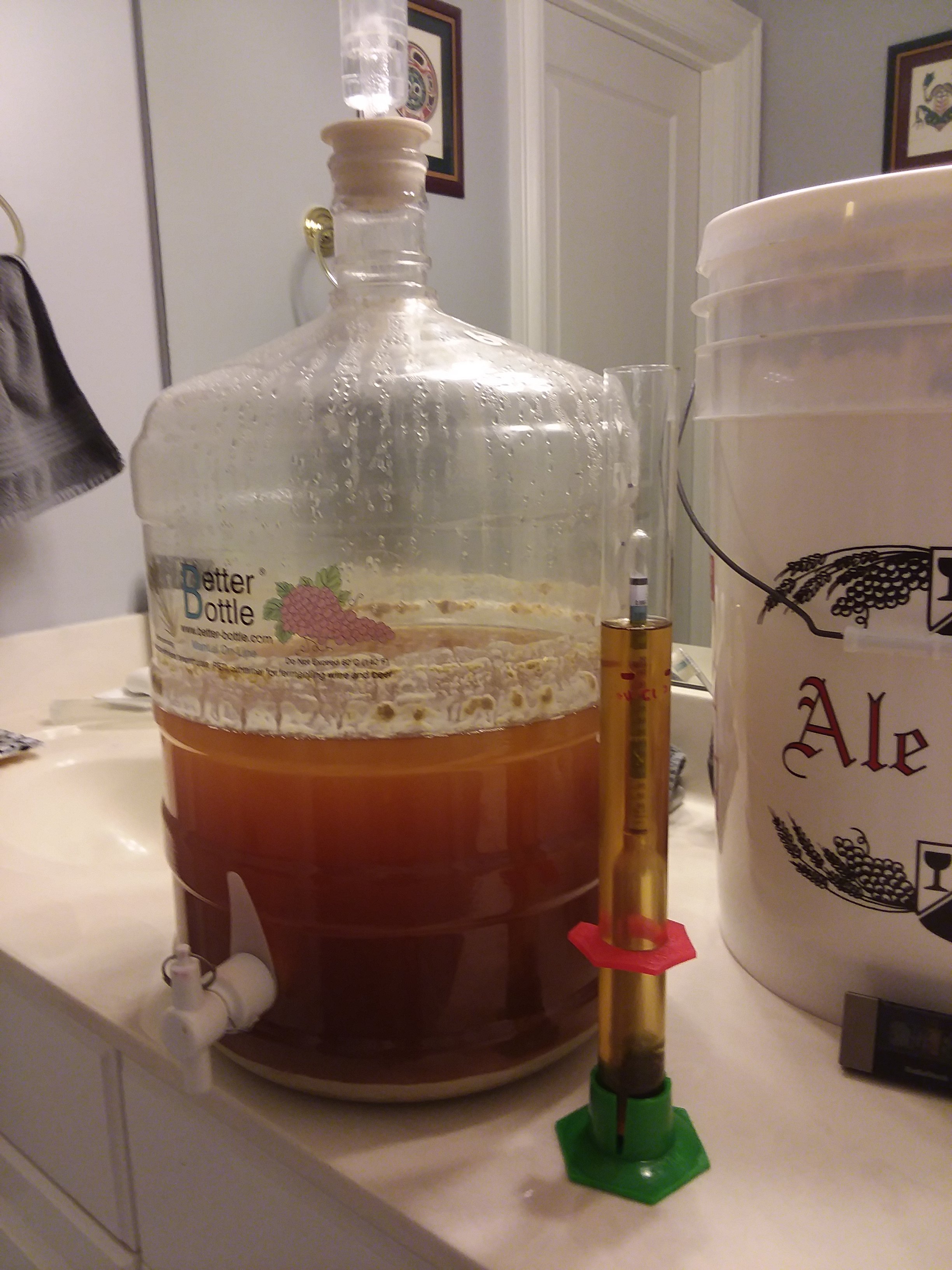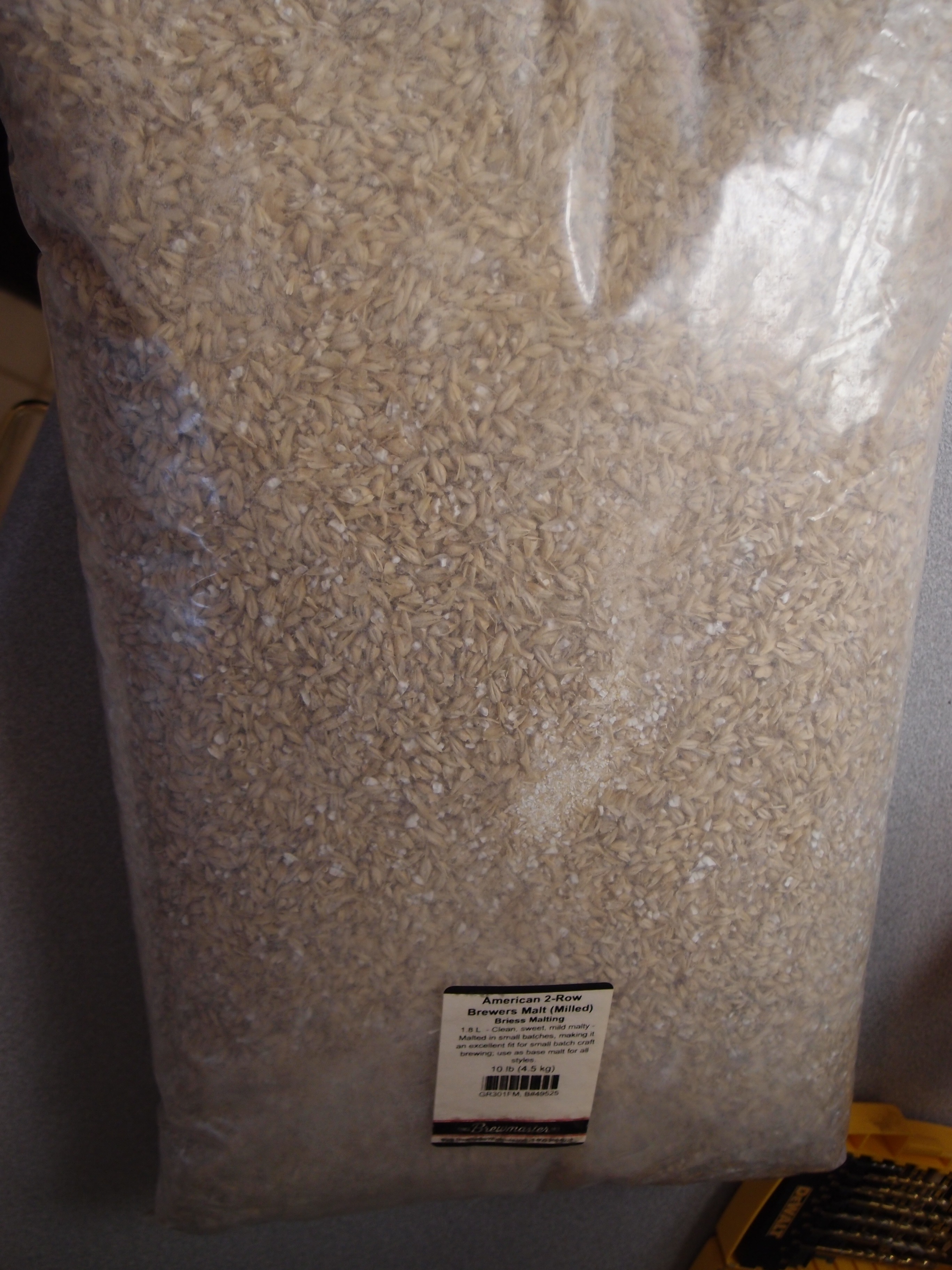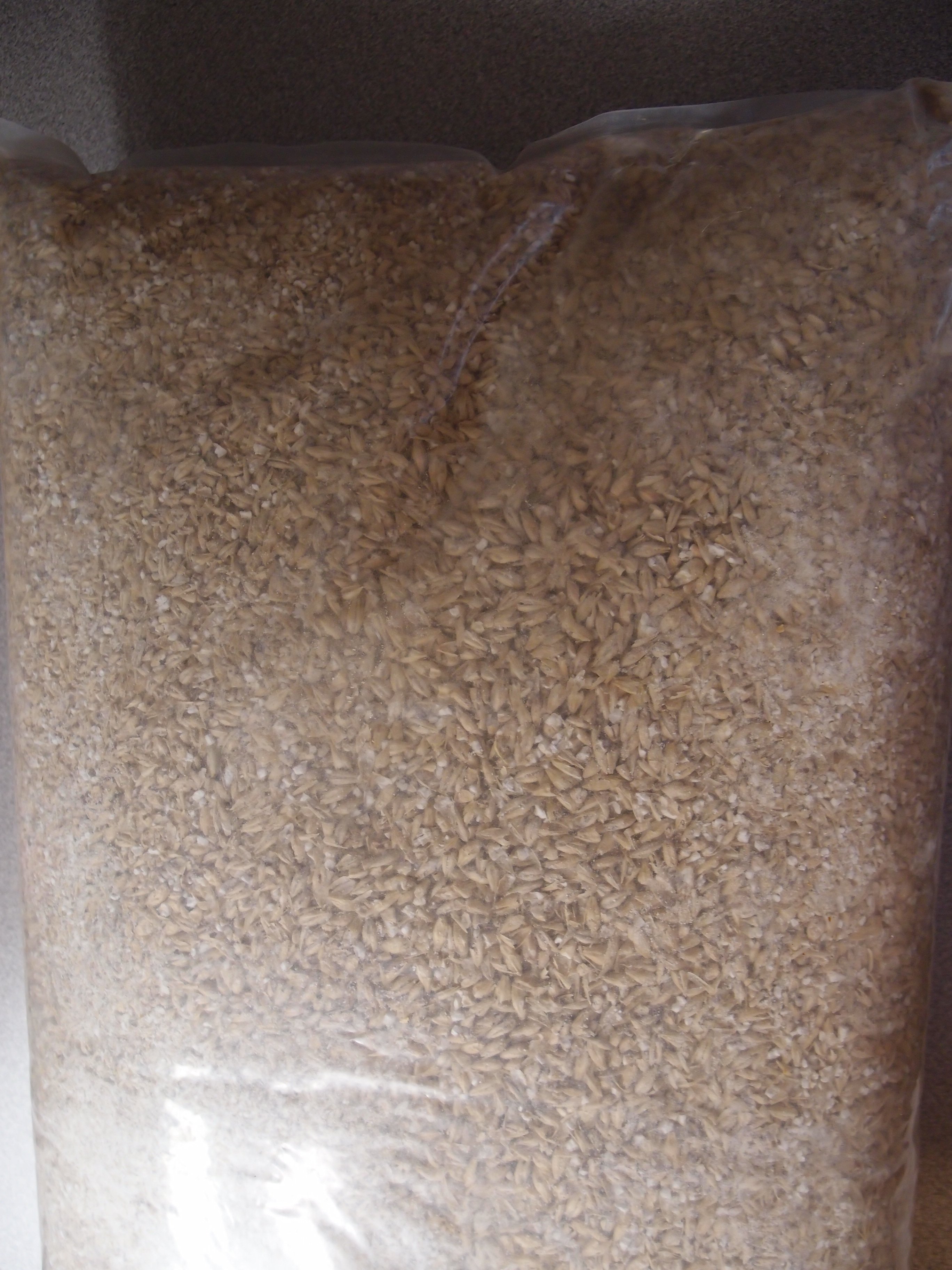smata67
Well-Known Member
I am working out the kinks of a new system and attempting to increase my pathetic 60% efficiency I've gotten for the last 40 batches. So I decided to mash for much longer, for a total of about 5 hours. Started at 147F and I'm using a fairly standard plastic rectangular cooler. Well, a week into fermentation and I'm seeing a FG of 1.002! Had a beautiful 3" krausen for five days and it is now clearing up, so it is probably done. Used a good amount of healthy re-pitched Wyeast 1056, definitely over 200B cells in this 3.5 Gallon. This started out as a simple pale ale with a projected 6% ABV and is now looking like 8%. I did undersize the batch some, deciding not to add water to get to 3.5 Gallons, used my old 60% efficiency (got 70%) in BS, and started the mash lower that I wanted due to some temperature measurement issues. So, the perfect storm.
Do I risk getting such high attenuation every time I mash this long, even if I would have started at, let's say, 154F? I realize that mashing higher will make the wort less fermentable, but is that going to be negated by mashing too long? Does a long mash increase fermentability? The five hour period works for me nicely, I get the mash going in the morning and then finish up late afternoon just in time to enjoy the fruits of my last labor. But if I need to shorten this to 2 hours or so to not get this crazy attenuation, I will.

Do I risk getting such high attenuation every time I mash this long, even if I would have started at, let's say, 154F? I realize that mashing higher will make the wort less fermentable, but is that going to be negated by mashing too long? Does a long mash increase fermentability? The five hour period works for me nicely, I get the mash going in the morning and then finish up late afternoon just in time to enjoy the fruits of my last labor. But if I need to shorten this to 2 hours or so to not get this crazy attenuation, I will.








































![Craft A Brew - Safale S-04 Dry Yeast - Fermentis - English Ale Dry Yeast - For English and American Ales and Hard Apple Ciders - Ingredients for Home Brewing - Beer Making Supplies - [1 Pack]](https://m.media-amazon.com/images/I/41fVGNh6JfL._SL500_.jpg)



















